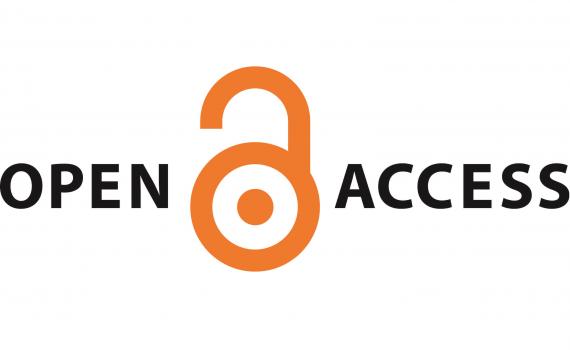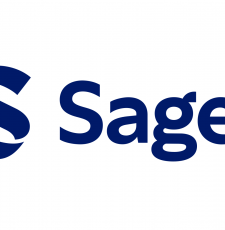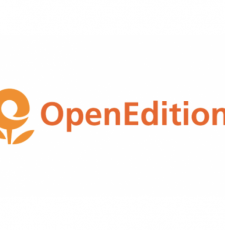
The Harvard Library Office for Scholarly Communication (OSC) has released a comprehensive review of strategies for converting subscription journals to open access.
The review identifies and analyses 15 journal-flipping (converting) scenarios. For a number of years, open access (OA) advocates have been arguing the benefits of flipping, recommending approaches and sharing case studies on individual experiences. This is the first systematic review of the literature on converting journals to OA.
Titled Converting Scholarly Journals to Open Access: A Review of Approaches and Experiences, the review is based on research by David J. Solomon, Mikael Laakso, and Bo-Christer Björk. The review includes comments by the public and a panel of 20 experts. EIFL Open Access Programme Manager Iryna Kuchma was one of the expert panellists, and you can see her comments embedded in the review.
The 15 journal-flipping scenarios reviewed include 10 that depend on article processing charges (APCs) and five that dispense with APCs.
For each scenario, the authors give examples, evidence, and their assessment of its strengths and weaknesses. The examples come from all different academic fields, regions of the world, and economic strata.
The strength of this review is that it is comprehensive. Not every flip was a success, and not all the flips that were successful using one scenario would have been successful with a different scenario.
However, there were successes in every scenario and in every scholarly niche. Journals that picked a scenario that fit their circumstances were able to preserve or enhance their readership, submissions, quality, and financial sustainability.
The research was commissioned by the OSC and funded by a grant from the Arcadia Fund.
SHARE / PRINT









